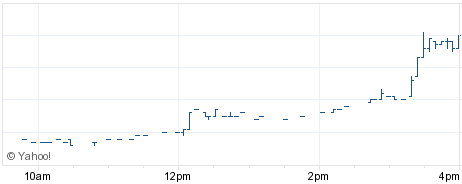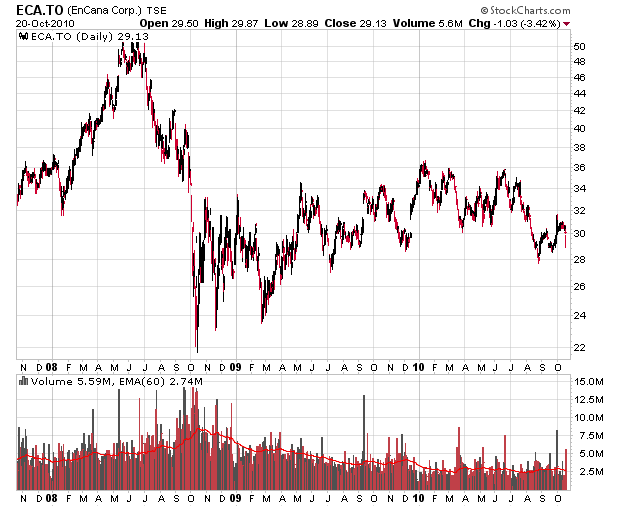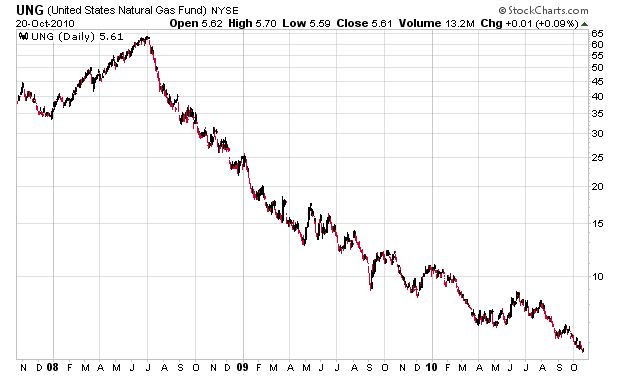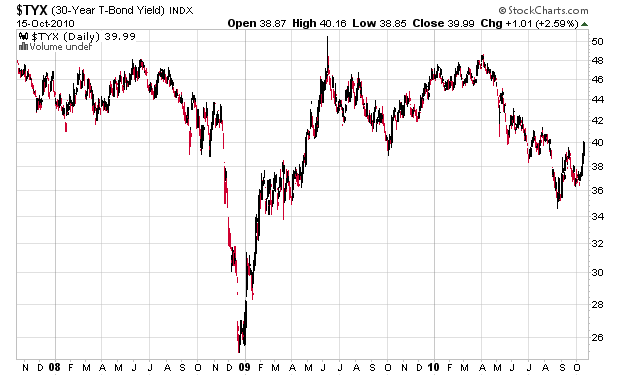Long-time readers should be able to see this chart and know what security I am talking about, but I have purposefully omitted the name and ticker and price scale just to illustrate. The security in question is quite “yieldly” so it is susceptible to the huge increase in demand we are seeing for income-bearing securities.
Here is a 3-year chart:
Here is a 6-month chart:
Finally, here is a 1-day chart (approximately up 7% for the day):
There is seemingly no fundamental news involved, which makes me suspect this was purely technical trading occurring. The volume was not excessively high compared to average volume.
Question – do you sell the spike? Do you get greedy and see what happens the next week?
Fundamentally speaking, the security involved is priced slightly above my fair value range. It already consists of a relatively large fraction of my portfolio, so choosing to lighten up is the obvious answer. I can’t help but think, however, that by getting “greedy” that I can get an extra 10-20% out of this that I would otherwise have not received by using a more fundamental trading method. By scaling out of your positions slowly, exiting piece by piece as the price goes higher, you can participate in some upside, but continue to reduce your risk as the price continues to rise.
2010 capital gains are starting to be a big concern for me tax-wise, but fortunately there are some units of this security in my RRSP that I can start off with on a tax-free basis.






